Native Bees in Western Washington
7066212899 • April 30, 2025
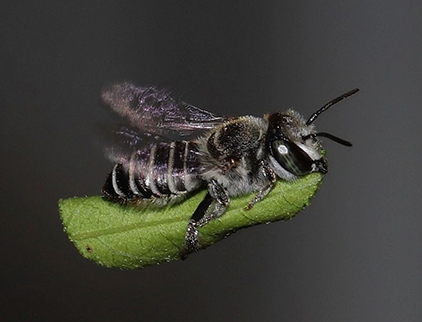
The Importance of Native Bees in Western Washington
Western Washington's temperate climate and diverse ecosystems—from coastal prairies to alpine meadows—provide an ideal habitat for over 600 species of native bees. These bees are especially adapted to local conditions. For instance:
- Mason bees, among the earliest pollinators to emerge in spring, are highly effective at pollinating fruit trees.
- Bumblebees, with their large, fuzzy bodies, can perform “buzz pollination”—a technique necessary for crops like tomatoes.
- Sweat bees and mining bees thrive in undisturbed soils, making them common in natural areas and organic farms.
Unlike honeybees, most native bees are solitary and do not live in hives. They nest in the ground, in hollow plant stems, or in wood crevices. This behavior makes them especially vulnerable to soil disturbance, habitat fragmentation, and chemical exposure.
Protecting Native Bees: Habitat and Regulation
Local governments, conservation groups, and community scientists in Western Washington are working to protect bee populations through several key strategies:
- Habitat Preservation and Restoration:
Efforts to restore meadows, preserve urban green spaces, and maintain roadside wildflower corridors have become vital for native bee survival. Programs such as the Xerces Society’s “Pollinator Conservation Program” help educate landowners and agencies on planting native flowering species and maintaining undisturbed nesting areas.
- Limiting Pesticide Use:
One of the most direct threats to bees is pesticide exposure. Neonicotinoids, in particular, have been linked to bee population declines. Washington State has taken steps to restrict certain harmful pesticides and educate the public on alternative pest control methods. WSDA certified pest control technicians are well informed and advocates for the protection of our native pollinators.
- Community Engagement and Citizen Science:
Initiatives like the Pacific Northwest Bumble Bee Atlas encourage volunteers to monitor and report bee sightings, building a clearer picture of bee diversity and abundance.
The Role of Responsible Pest Control in Bee Conservation
Pest control companies are increasingly stepping up to play a constructive role in protecting pollinators. In Western Washington, responsible pest control is centered around Integrated Pest Management (IPM), a strategy that prioritizes prevention and non-chemical solutions.
Responsible pest control strategies include:
1) Targeted Treatments
Rather than blanket spraying, professionals identify specific pests and treat only affected areas, minimizing the risk of harming beneficial insects.
2) Use of Bee-Safe Products
Pest control services are using products and techniques with lower toxicity to pollinators, especially during bloom times when bees are most active.
3) Education and Outreach
Many pest control professionals now educate their clients on how to attract pollinators while managing pest issues, encouraging practices like planting pollinator gardens and avoiding harmful lawn chemicals.
What You Can Do??
Individuals play a vital role in protecting native bees. Here are a few simple steps:
1) Plant native flowers that bloom at different times of the year.
2) Avoid using pesticides without careful research.
3) Provide nesting habitat by leaving patches of bare ground or creating bee hotels.
4) Support local, bee-friendly farms and businesses.
Local beekeepers should be contacted to safely remove and relocate nests once they have been positively identified as a true bee.
The native bees of Western Washington are quiet custodians of biodiversity, food security, and natural beauty. Their survival depends not only on wild spaces but on how we manage our gardens, farms, and even our pest control choices. As awareness grows, so too does the network of farmers, scientists, businesses, and homeowners working together to ensure a thriving future for these essential pollinators.
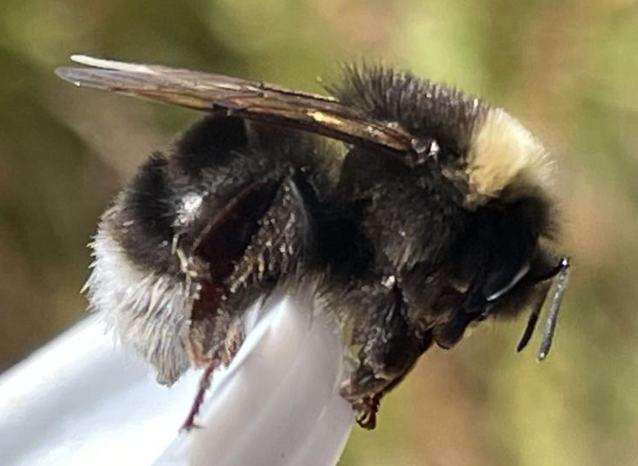

As the spring season unfolds in Stanwood, WA, the mild temperatures and blooming flora signal the return of an often unwelcome visitor: paper wasps. These insects are commonly found around homes during the spring months as they emerge from their overwintering sites. Understanding their behavior, particularly how they overwinter and become active in the spring, can help homeowners in Stanwood prevent infestations and minimize the risk of stings. Let’s dive into the activity of paper wasps around houses during this time of year and explore how McPherson Pest Control can assist in keeping your home safe. Overwintering and Springtime Emergence In Stanwood and other parts of Washington, paper wasps spend the winter in a dormant state. Unlike many other insects, paper wasps do not survive the cold weather as a colony. Instead, only fertilized queens survive the winter by seeking shelter in hidden locations such as attics, sheds, under eaves, or within the nooks and crannies of homes. These queens typically find sheltered areas where the temperatures remain stable enough for them to survive the colder months. As the days begin to warm in early spring, usually in March or April, these queens emerge from their hiding spots, looking for a suitable location to establish a new nest. Once they find a sheltered area, such as a corner of a porch, under a roof overhang, or even inside your attic, the queen starts building a new nest. She will begin laying eggs that hatch into workers, which will then help her continue building the nest and gather food. Within a few weeks, the colony can grow rapidly. By the time late spring rolls around, the colony is well-established and has the potential to become a nuisance. Paper wasps are known to be aggressive if they feel threatened, making it important to deal with a nest early to avoid encounters with these stinging insects. Signs of Paper Wasp Activity As paper wasp colonies grow, you may notice several signs of their presence around your home. These signs include: - Visible Nests: Paper wasps build their nests out of a papery substance made from chewed wood fibers and saliva. Their nests are usually umbrella-shaped and may be found in places like under eaves, on window frames, or inside attics. - Increased Wasp Activity: In the warmer months, you may notice more wasps flying around the exterior of your home, especially near areas where nests are located. - Aggressive Behavior: If a wasp feels threatened or its nest is disturbed, it may become aggressive. This is particularly true if you or your pets get too close to the nest. The key to managing paper wasp activity is acting quickly to identify and address nests before they grow too large and more wasps become active. How McPherson Pest Control Can Help When dealing with paper wasps around your home in Stanwood, WA, it’s important to act quickly and safely. McPherson Pest Control is your trusted local expert in pest management and can provide the necessary services to eliminate paper wasps from your property. Here's how they can help: Safe and Effective Removal: Paper wasp nests can be difficult to remove, and attempting to do so yourself can lead to dangerous stings. McPherson Pest Control uses safe, effective methods to remove wasp nests, ensuring that both your home and the technicians are protected from any aggressive behavior by the wasps. Preventative Measures: Once the nest is removed, McPherson Pest Control will work with you to implement strategies to prevent future infestations. This might include sealing cracks or gaps in the exterior of your home, applying protective treatments to vulnerable areas, or setting up regular inspections to catch early signs of a new nest. Long-Term Pest Control Solutions: McPherson Pest Control doesn’t just provide one-time services; they offer ongoing pest management plans to ensure your home remains free of paper wasps and other pests year-round. Their approach focuses on both treatment and prevention, offering peace of mind for homeowners in Stanwood. These insects can be a nuisance, especially as they establish new nests around homes, leading to potential danger with stings. Understanding their overwintering habits and early spring activity can help homeowners take proactive steps to address the issue. If you find yourself dealing with paper wasps or want to prevent future infestations, McPherson Pest Control is ready to help with professional, safe, and effective pest management solutions. Contact them today to ensure your home is protected this spring and beyond. Click the button below for more information on how we can help!
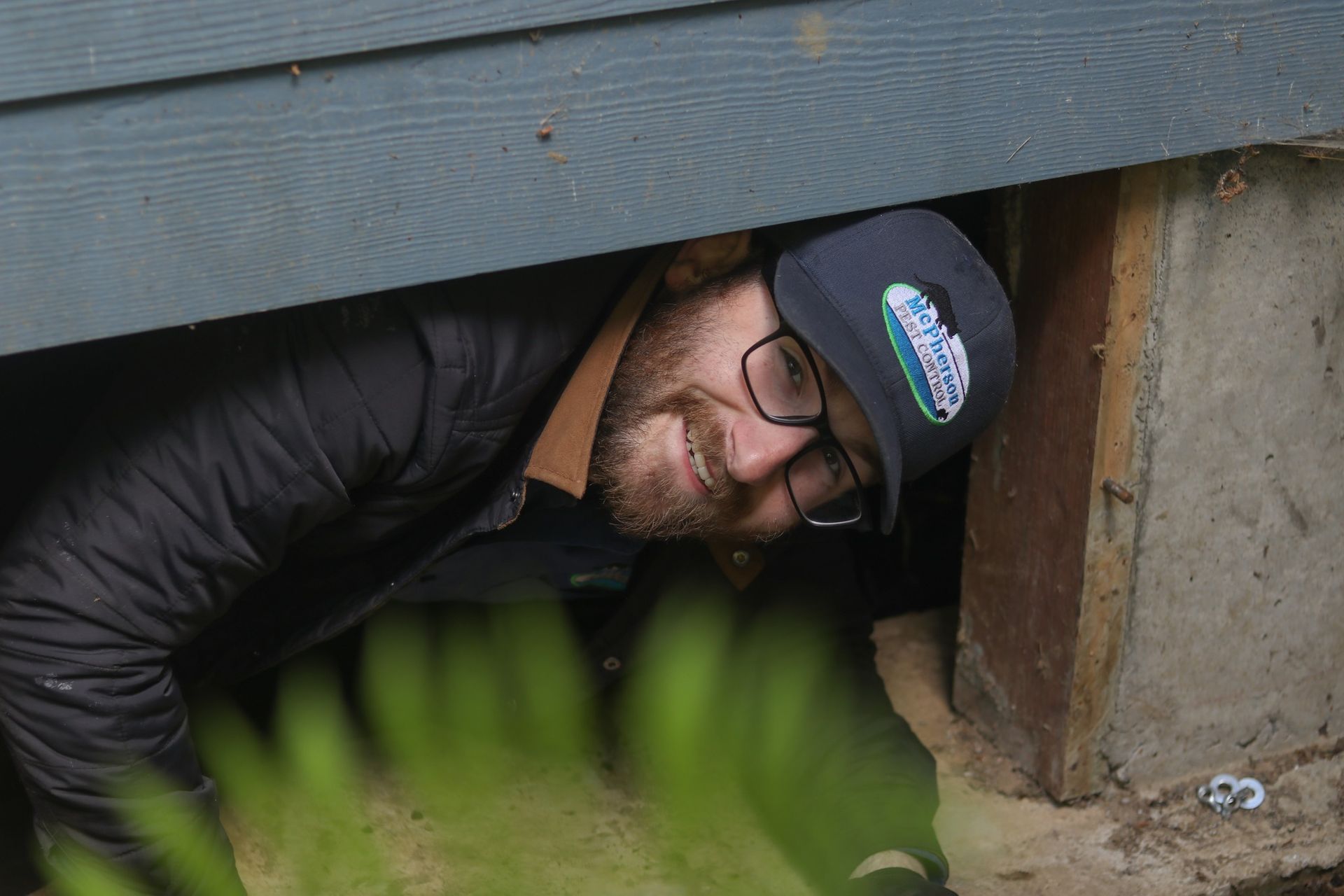
Odorous House Ants Takin’ Over Arlington, WA This Spring Well, folks in Arlington, Washington, it’s spring 2025, and them pesky odorous house ants are stirrin’ up trouble. These little critters—dark as a moonless night and smellin’ like rotten coconuts when you squish ‘em—are multiplyin’ faster than rabbits ‘round here. Come this warm weather, heaps of y’all will find ‘em marchin’ through your kitchens and baths, huntin’ for a crumb or a drip. Colonies Growin’ Like Weeds These ants ain’t your average picnic crashers. They’ve got nests under rocks, in dirt, and even cozy up in your walls near the hot pipes. With a mess of queens in each colony, they’re sproutin’ up big—thousands strong! This wet winter and early spring heat’s got ‘em riled up, pushin’ ‘em indoors. One minute it’s a scout, next it’s a whole parade, thanks to them scent trails they leave behind. McPherson Pest Control to the Rescue Don’t fret, though—McPherson Pest Control’s got your back. These local heroes know ants like the back of their hands. They’ll poke ‘round your place, find them nests, and hit ‘em with sneaky stuff the ants take home to their queens. No more colony! They’ll slap a barrier ‘round your house, too—inner stuff to kill ‘em dead, outer stuff to shoo ‘em off. Plus, safe bait traps mean no fuss for you. Keepin’ ‘Em Out McPherson’ll tip you off on sealin’ cracks and storin’ food tight. So, if them smelly ants are buggin’ ya this spring, holler at McPherson Pest Control. They’ll fix ya up right quick! (1499 characters)
Spring in Ferndale, Washington, brings beautiful weather, blossoming flowers, and a sense of renewal to the community. However, as the season shifts, it also brings a rise in wildlife activity—particularly from deer mice. These small rodents, often found in rural and suburban areas like Ferndale, are more than just an inconvenience. As temperatures warm, deer mice search for food, shelter, and warmth, which often leads them to invade homes. If left unchecked, their presence can cause significant damage to homes and pose serious health risks to residents. Understanding the effects of deer mice and how McPherson Pest Control can help homeowners mitigate these issues is essential to maintaining a safe and secure home environment. The Impact of Deer Mice on Homes in Ferndale Deer mice are commonly found in wooded areas, fields, and other natural habitats—environments that are abundant in Ferndale. As spring sets in, these mice seek out places to build nests and find food. Unfortunately, this often means they end up inside homes, where they can cause problems for homeowners. 1. Property Damage Deer mice are notorious for their gnawing habits. They chew on a variety of materials including electrical wires, insulation, and wood, which can lead to serious structural damage. Electrical wires are especially problematic as chewed wires can cause short circuits or even fires. In addition, mice may build nests in insulation or wall cavities, leading to further damage to the home's structure and compromising the effectiveness of heating or cooling systems. 2. Contamination and Health Risks One of the greatest concerns with deer mice is their ability to spread disease. Deer mice are known carriers of hantavirus, which can be transmitted to humans through contact with their urine, droppings, or saliva. The dried particles from these substances can easily become airborne, posing a respiratory risk to anyone in the home. Deer mice can also carry diseases like leptospirosis and Lyme disease. For those living in close quarters with the infestation, the risk of exposure is a major health concern. 3. Food Contamination Deer mice are opportunistic feeders, and once inside a home, they will look for food. They can contaminate food supplies by spreading bacteria through their droppings, urine, and saliva. Mice have a tendency to nibble on anything they can access, including pet food, pantry items, or leftover crumbs. Not only does this pose a food safety risk, but it can also attract other pests to the area. 4. Unsettling Noises and Odors Deer mice are nocturnal, and their activity often peaks during the night. Homeowners may notice unusual scratching or scurrying noises in walls, attics, or under floors as the mice build nests and forage for food. This constant activity can disrupt daily life and create an unsettling atmosphere. Additionally, their urine and feces can cause unpleasant odors to linger in the home, creating an uncomfortable living environment. How McPherson Pest Control Can Help Homeowners in Ferndale While dealing with a deer mouse infestation may seem daunting, McPherson Pest Control offers professional services that can help Ferndale homeowners effectively manage and eliminate the problem. Their experienced team provides comprehensive solutions to control, prevent, and remove deer mice from your property, ensuring peace of mind for you and your family. 1. Thorough Inspection and Assessment The first step in addressing a deer mouse infestation is identifying the scope of the problem. McPherson Pest Control starts with a detailed inspection of both the interior and exterior of your home. This includes checking for signs of rodent activity such as droppings, chewed wires, and nesting materials. They will also examine potential entry points—gaps around windows, doors, vents, and the foundation—to pinpoint how the mice are entering your home. 2. Safe and Effective Rodent Control Once the infestation is assessed, McPherson Pest Control employs a range of safe and effective methods to eliminate deer mice from your home. Depending on the severity of the infestation, they may use traps, bait stations, or other targeted solutions designed to control the rodent population. These methods are tailored to the specific needs of your home and family, ensuring that the solution is both effective and safe. 3. Sealing Entry Points To prevent future infestations, McPherson Pest Control takes steps to seal any cracks, gaps, or holes in the exterior of your home that could serve as entry points for deer mice. By addressing these vulnerabilities, they help ensure that your home is protected from further rodent activity. 4. Ongoing Monitoring and Prevention McPherson Pest Control doesn't just remove the current infestation—they also offer ongoing monitoring to ensure that your home remains free of deer mice. Their team will conduct regular follow-up visits to check for any new activity and provide seasonal treatments to keep your home pest-free. This proactive approach helps prevent future infestations and provides long-term protection. 5. Expert Advice and Peace of Mind In addition to their pest control services, McPherson Pest Control provides valuable advice to homeowners on how to reduce the risk of deer mice and other pests. From proper food storage to outdoor maintenance tips, their experts can guide you on how to make your home less inviting to rodents. With their help, you can take the necessary steps to safeguard your home from future pest problems. Deer mice pose a significant risk to homes in Ferndale, especially in the spring when they seek shelter and food. From property damage and contamination to health risks and unsettling noises, these small rodents can quickly become a big problem. However, with the help of McPherson Pest Control, homeowners can effectively address and prevent deer mouse infestations. Their comprehensive services—from thorough inspections to ongoing monitoring—ensure that your home remains safe, healthy, and free from rodents. Don't let deer mice disrupt your spring—contact McPherson Pest Control today to protect your home and enjoy peace of mind all season long.
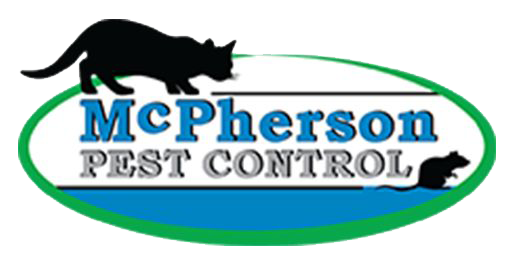
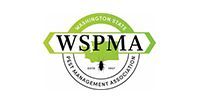
Share On: